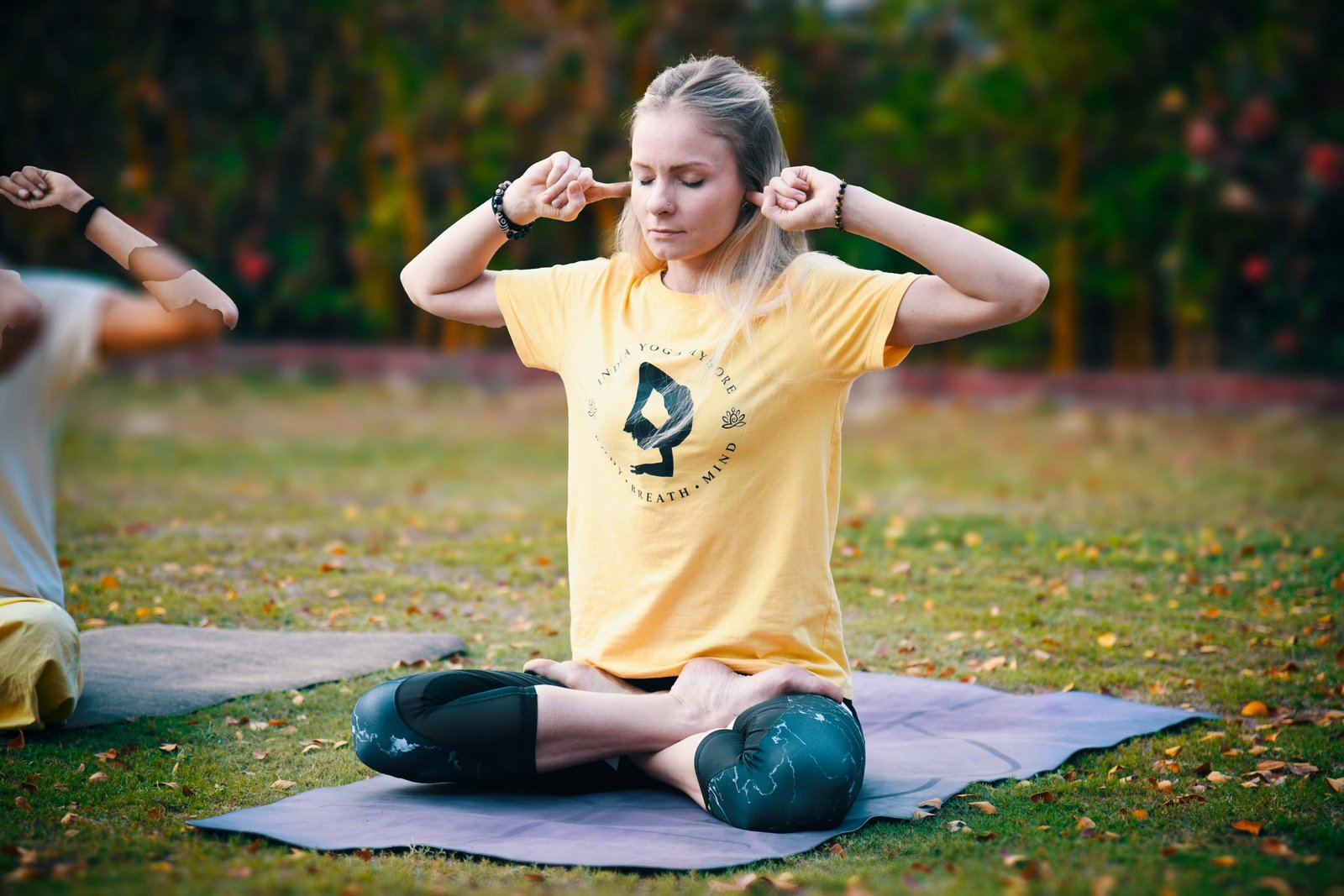Have you ever wondered or asked your teacher- why not practice just asana? Why do we practice pranayama along with asana?
Before we answer this question, let’s talk about why yoga is really practiced.
In this day and age, it is essential for one to understand their purpose of life and yoga provides the means to do so. Therefore, yoga can be the tool that helps in guiding us towards Moksha or Liberation.
What is Yoga?
When we say “Yoga” it may be any form of yoga – Raja yoga, Bhakti yoga, Jnana yoga or Karma yoga. Bhakti yoga means to attain enlightenment through the means of love or devotion. Jnana yoga takes the path of philosophical knowledge. Karma yoga is a path of selfless actions, and Raja yoga focuses on systematically gaining control over the body first, and then the mind. Raja yoga goes by a concept of Ashtanga yoga (8 limbs or steps) to do so –
- Yama
- Niyama
- Asana
- Pranayama
- Pratyahara
- Dharana
- Dhyana
- Samadhi
It is clear that one must follow all the steps to actually experience the full potential of Raja Yoga. The purpose of the practice is not served if one does not go through all the steps. That being said, Asana and Pranayama must therefore be given the same importance with respect to each other or with comparison to any other limb of the Ashtanga Yoga. The practice of pranayama also has a major role to play when one goes deeper into the practices, like bandhas and mudras.
But does every yoga practitioner practice for the sake of enlightenment? Maybe not. Majority of today’s yoga crowd practices yoga for their health and wellness. It is looked at as a form of physical activity. An equivalent to gym workouts, swimming, running, or gymnastics. It is true, yoga can be practiced for the physical and mental well being of a person.
Then, how is yoga different from these other forms of physical activity?
The Breath

Breath is the connection between the body and the mind. The slower the breath, the smoother the movements, and fewer the thoughts. Taking into consideration the mental health aspect of the practice, we need to focus on slowing down the breath. This in turn, relaxes the muscles in the body, and also calms down the mind. This not only brings harmony in the bodily movements, but also helps an individual to go deeper into their practice. It brings more awareness on themselves.
Not to forget, mindful breathing is also the key to a safe yoga practice.
Wondering how?
A lot of practitioners move the body in an attempt to just stretch or get into an advanced asana. When doing so, if they are not mindful of their breath, they might encounter an injury. The lack of coordination between the body and breath leads to stiffness in the body, which leads to injuries. Hence, one has to be completely aware of their breath to improve the quality of their practice. So,
How does the practice of Pranayama helps the Asana practice?
It is a common knowledge that pranayama practice is concerned with breathing techniques like Kapalabhati, Bhastrika, and more. Yes, they do improve the quality of respiration, they improve the lung capacity and help us get a better control over our breath. But for a second, let us talk about basic pranayama practices like Sectional breathing and Ujjayi breathing.
Sectional breathing helps us understand and switch the breath from the abdominal muscles to the thoracic / clavicular or vice versa in active and passive asanas respectively. This becomes an important aspect of the practice especially when holding an asana for a long time. Secondly, the ujjayi pranayama technique. Ujjayi breathing heats the body up from within. It also helps deepen the inhalations and lengthen the exhalations.

In conclusion, practicing asanas alone, without focusing on the breath is equivalent to doing any form of physical activity such as gymnasium. It does not serve any of the key purposes of a safe practice, a calm mind or a spiritual journey. And it is definitely not wrong to say that a wholesome practice is the one which includes asana and pranayama.
So remember to add the practice of pranayama to your routine starting today! The better you breathe, the stable you are, and calmer the mind is.


